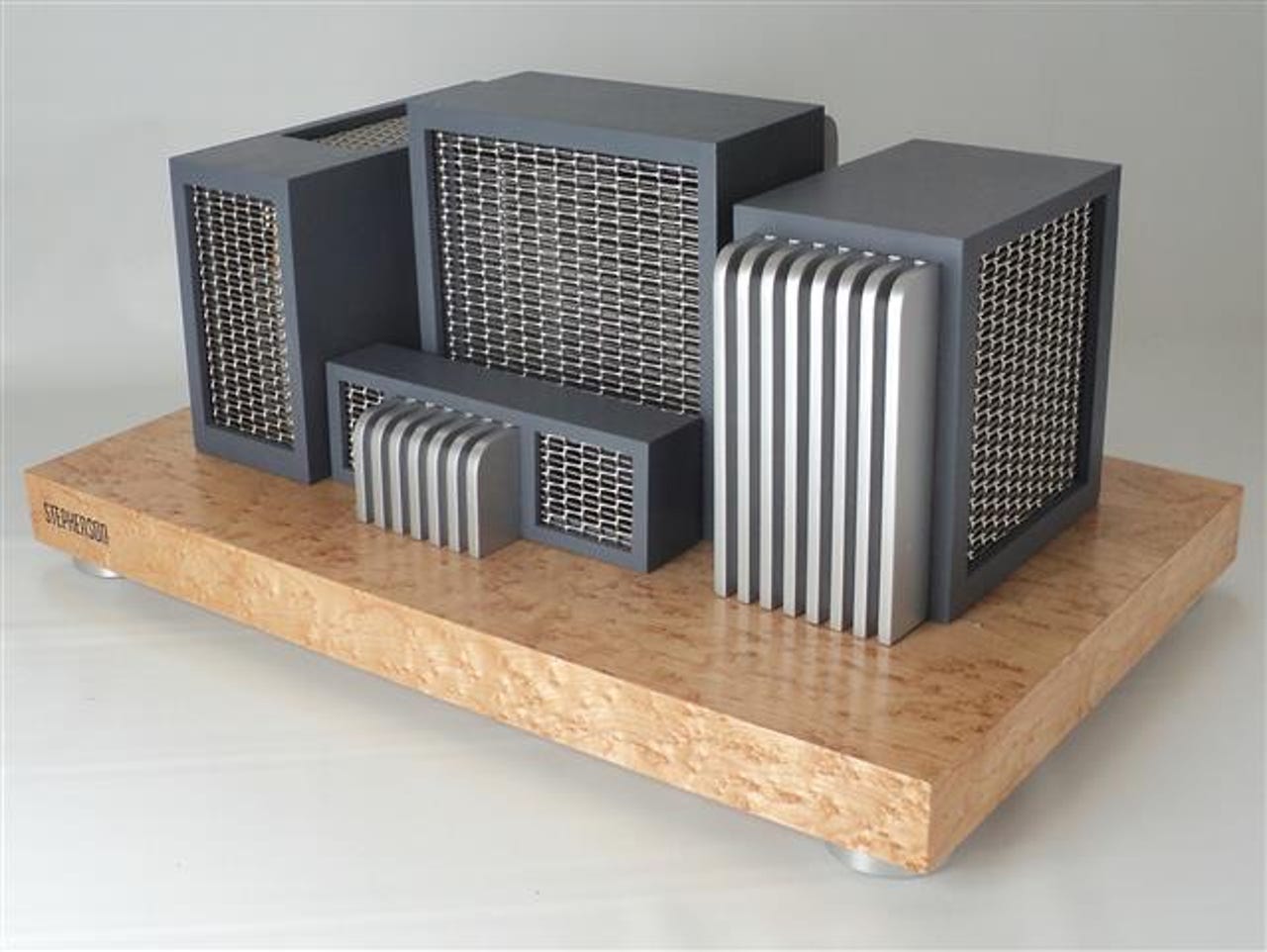Clean Slate: A museum-quality custom case design from Jeffrey Stephenson


Clean Slate
Jeffrey Stephenson is back with another concept case design. This one is called Clean Slate, and like his other designs, this one is also not for sale.
Fabricating the base
Most of Stephenson's designs are fabricated mostly in wood, giving his custom PCs the feel of fine cabinetry, not cold technology.
The main tray
Stephenson was limited in tower placement, since the placement of the video card and CPU are a function of the mobo layout.
Crafting a module
This build eschews the single, monolithic design we all know in computer cases. Instead, he builds each major PC component as its own module.
Module screens
The mesh is called Banker Wire. By using different mesh densities, on the sides and tops of some towers, it helps trick the eye into a perception of greater size.
Test fitting the modules
You can begin to see how the component towers fit together in this test fit.
Hiding a fan
Here's where you can really begin to see the fusing of cold PC tech with the warmth of the wood.
You'd never know this is wood
Once the shrouds are painted, you'd never know these were wooden sculptures.
Finishing the platform
He was able to use some artistic license with power supply placement.
The finished modules
The platform houses the motherboard, but also serves to provide fixtures that place and hold the module towers.
Before final finish and paint is applied
Here's another test fit with some finish applied and detail work still to go.
It's smaller than you'd think
I'll bet you thought this was going to be a much larger machine, didn't you?
Plenty of room for essentials
That's a relatively small SFX form-factor power supply on board.
Still room for mobo access
There's a Micro-ATX motherboard with a Socket 1151 dual-core CPU running at a pretty good 3.3Ghz clock speed.
Lots of cooling
Clean Slate is using a last-generation 4GB video card with 8GB of RAM and a 1TB SSD. In other words, this isn't just art. It's meant to run.
The assembled machine
For years, we've seen stagnation in the growth of the PC and its design. Stephenson regularly shows us that there are so many more possibilities.